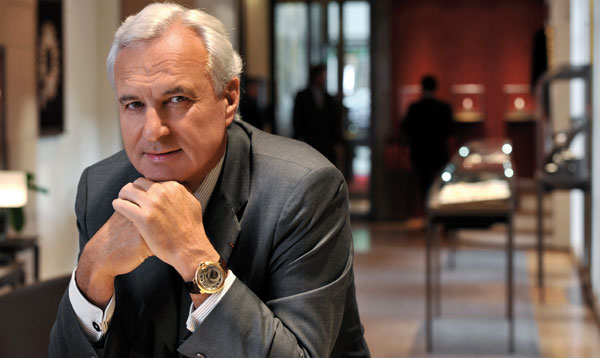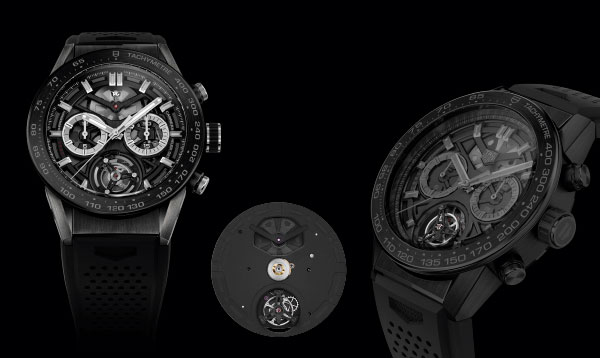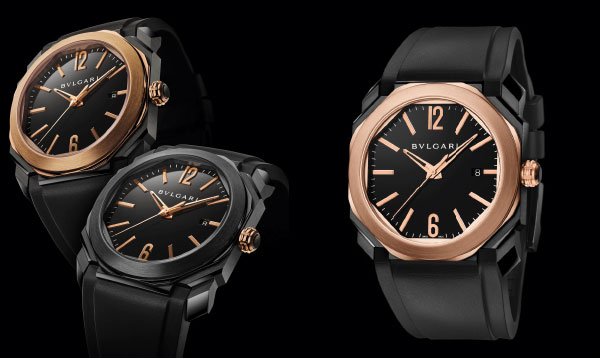
Blooming
Subsequently, on May 8th, Jérôme Lambert was appointed to the head of Montblanc. He has directed Jaeger-LeCoultre for 11 years and is being replaced by his industrial director, Daniel Riedo. A key behind-the-scenes element influencing these changes is the recent arrival of Bernard Fornas, former CEO of Cartier, on the executive board of the Richemont Group. His collaboration with Richard Lepeu and the excellent annual results published by the group enabled its President and Founder Johann Rupert to take a sabbatical. During the 2012 reporting year, the group’s turnover pushed past the 10 billion euro mark, with free cash flow amounting to 2 billion euro. When these results were announced, Richemont shares achieved their highest historical levels in 25 years.
Sparkling
More generally speaking, and despite four years of uncertainty, luxury is doing extremely well. A study by consulting firm, Bain & Company predicts that the sector will still grow between 4 and 6 % annually up to 2015 – a growth curve considerably lower than Swatch Group is anticipating for its most recent acquisition: jeweller Harry Winston. The determination of the group can be seen in two powerful gestures. The first is the appointment of Nayla Hayek to the position of CEO of the New York-based brand, of which she was already Chair. The operational involvement of the giant from Bienne is also apparent in another highly symbolic acquisition. At an auction organised by Christie’s in Geneva on May 15, Harry Winston acquired the biggest diamond ever put up for auction for the ‘modest’ sum of CHF 25.8 million, costs included. After 21 months of cutting, the gem extracted from a mine in Botswana was transformed into a 110-carat, D-colour (the whitest) pear-cut F quality (the purest) diamond. It was re-christened Winston Legacy, a means of affirming that the brand has every intention of defending its position in the most exclusive spheres of High Jewellery.
Captions: Bernard Fornas, co-CEO of the Richemont Group, re-shuffles the cards






